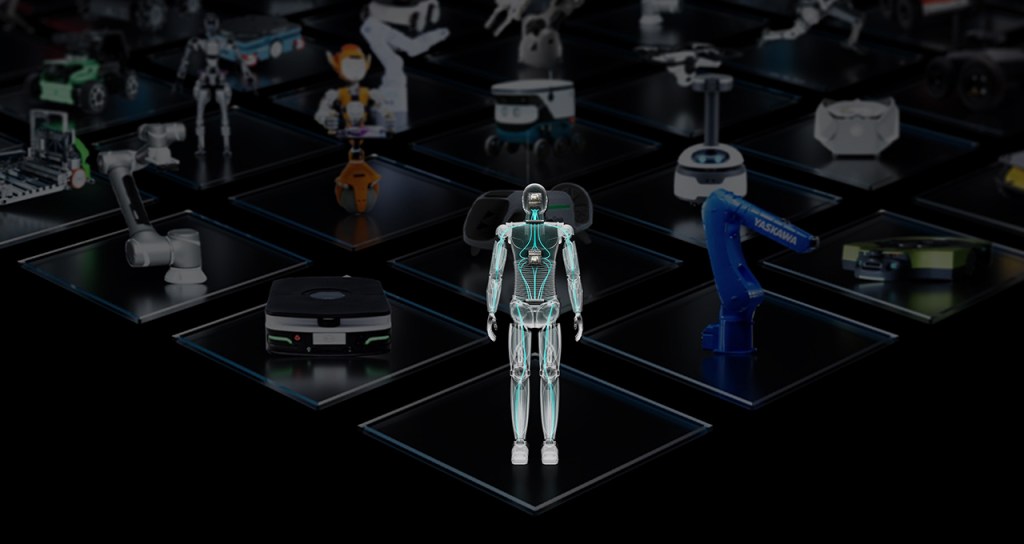
When Coverdash, which offers commercial insurance products for startups, tripled the number of embedded distribution partners to over 100 in the past year, CEO Ralph Betesh had a decision to make.
He could either keep rolling toward profitability, or raise a venture capital round — which the commercial insurance provider didn’t really need — so that it could onboard bigger partners faster.
“More big partners kept coming and closing with us, pushing to get on our roadmap,” Betesh told TechCrunch. “We discussed slowly adding these partners, but thought we might lose them. On the other hand, everyone told us this might be the most challenging environment for a Series A in the last four years.”
Plus, it wasn’t really that long ago that Coverdash had raised capital. TechCrunch last profiled the company in early 2023 when it raised $2.5 million in seed funding. At that time, the company had recently launched with 35 distribution partners.
Betesh founded the company with David Vainer and Avery Rubin in 2022. Coverdash offers small businesses, e-commerce merchants and freelancers the ability to buy business insurance in areas like business owner’s policies, cyber and worker’s compensation.
Distribution partners, like payroll providers, banks and vertical SaaS platforms, embed Coverdash’s insurance tool into their platforms. Businesses then answer a few questions, select a policy and get coverage in minutes.
Bling Capital-backed Coverdash unveils its embedded, digital insurance for small businesses
“Our focus was bringing the embedded customer, or direct consumer customer, options from the biggest names in insurance and allowing you to choose what’s best for you,” Betesh said. “That approach also insulates us from some of the carrier-specific nuances. For example, if one carrier won’t take on the risk, we have a bunch of other options for you, which enables us to get you better pricing and better coverage for that price. That’s really powerful to the end customer that we focus on.”
In the past year, Coverdash added a management liability product specifically geared toward startups that either have a board or are raising capital. That comes with some requirements, like having liability insurance for board directors and company officers and other management, Betesh explained.
That new product resulted in some big business coming Coverdash’s way, including new partners and growth across the board. From increasing its employee workforce five-fold to that tripling of its embedded distribution partnerships to 30% month over month growth in customers. Betesh did not get specific about revenue other than to say it grew “exponentially” over the past year as a result of the partnership and customer growth.
Ultimately, Betesh and his co-founders opted to go the venture capital route, raising $13.5 million of Series A funding. New investor Nyca Partners led the round and joined existing investors, including Bling Capital, AXIS Digital Ventures, Tokio Marine Future Fund, Expansion VC and Cameron Ventures.
“We were ready for it,” Betesh said. “It all kind of fell into place really quickly, and in over two weeks, we had offers from multiple firms. We were really fortunate. What helped us was the partnerships and what we’ve been able to put forth in such a short amount of time, as well as our focus on profitability as soon as we can.”
In insurtech, too, business models aren’t one-size-fits-all
